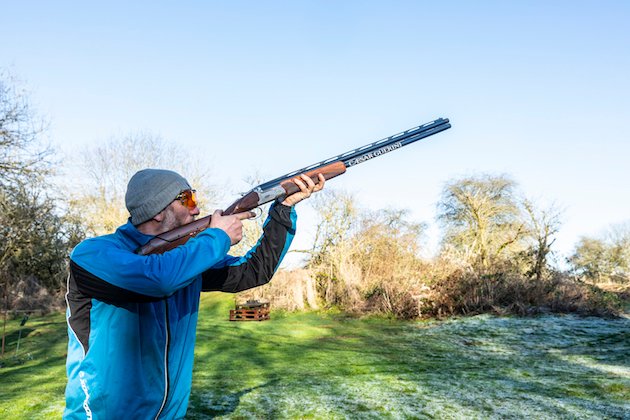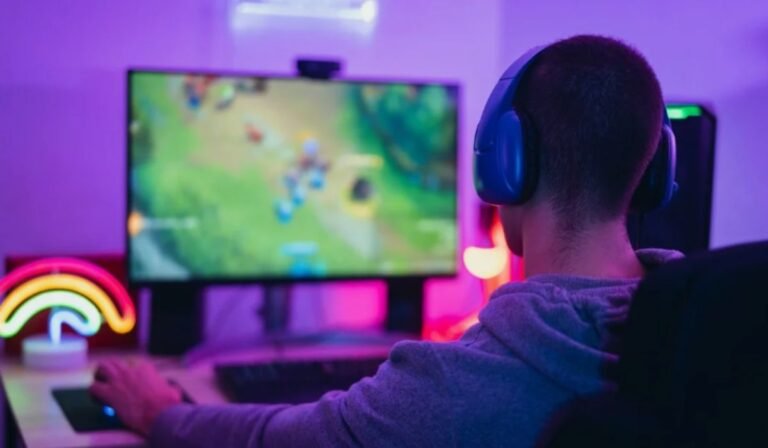Master How to Shoot Sporting Clays for Beginners: Expert Tips
Introduction
Clay pigeon shooting is a sport that simulates hunting by using flying targets, called “clay pigeons.” These targets are typically made of a mixture of limestone and resin and are designed to break into pieces when hit by a shotgun. The targets are launched into the air at varying speeds and directions, making the sport both thrilling and challenging.
For beginners, clay pigeon shooting is an ideal way to get started with shooting sports. It’s accessible to people of all skill levels and can be enjoyed in a relaxed, friendly environment. If you’re wondering how to shoot sporting clays for beginners, this guide has got you covered.

Understanding Clay Pigeons
Before you head out to the range, it’s important to understand the different types of clay pigeons you’ll encounter. Clay pigeons are not all the same; they come in various shapes, sizes, and designs, each serving a different purpose in the sport.
What Are Clay Pigeons?
Clay pigeons are round, flat disks, often bright orange or other fluorescent colors, designed to break apart when hit by a shotgun. They are made to mimic real bird flight, allowing shooters to practice and refine their skills.
Types of Clay Pigeons
- Standard Clay Pigeons: These are the most common type of target used in sporting clays and trap shooting. They are round and flat, designed for straight shooting.
- Midi Clays: Slightly smaller than standard clays, midi clays are used for more challenging shooting, requiring more precise aim and timing.
- Rabbit Clays: Unlike the traditional flying targets, rabbit clays roll along the ground. They mimic the flight path of a rabbit and require a different shooting technique.
- Battue Clays: These targets are designed to be highly erratic, mimicking the movement of birds in flight. They are used in sporting clays to make shooting more challenging.
Essential Equipment for Clay Pigeon Shooting
When it comes to how to shoot clay pigeons for beginners, having the right equipment is crucial. You don’t need a huge amount of gear to start, but understanding what you’ll need will make your experience smoother and more enjoyable.
Shotgun: Selecting the Right One for Beginners
The first piece of equipment you’ll need is a shotgun. For beginners, it’s best to choose a shotgun that is easy to handle, not too heavy, and provides good recoil management.
- Gauge Size: A 12-gauge shotgun is the most commonly used, but it can be too heavy for some beginners. A 20-gauge shotgun is a good alternative for those who are new to shooting. It offers less recoil, making it easier to shoot, especially for women and younger shooters.
- Pump-Action vs. Semi-Automatic: For beginners, a pump-action shotgun is often the best choice. It’s simple to use and less expensive. However, semi-automatic shotguns can offer faster follow-up shots and more comfort, but they are generally pricier and require more maintenance.
Ammunition: Choosing the Right Load
The ammunition you choose plays a big role in your shooting experience. For beginners, lighter loads (low-recoil) are ideal for practice. Shotgun shells generally come in different sizes (measured by shot size), and for clay pigeon shooting, you’ll typically want to use 7.5 or 8 shot.
- Shot Size: 7.5 shot is the most common choice for clay pigeon shooting. It provides a good balance between range and pattern density.
- Shell Length: A 2 ¾-inch shell is the standard for most shotguns and offers an excellent mix of power and control.
Clothing & Gear: Comfort and Protection
Wearing the right clothing can make a significant difference in your shooting experience.
- Ear Protection: Shooting a shotgun without ear protection can cause permanent hearing damage. Use earplugs or earmuffs designed for shooting sports.
- Eye Protection: Safety glasses are essential to protect your eyes from flying clay debris.
- Comfortable Clothing: Wear clothing that allows you to move freely. A well-fitted shooting vest with pockets for extra shells is also a good idea.
Firearm Safety: The Cornerstone of Clay Pigeon Shooting
Safety should always be your number one priority when handling firearms, especially if you are a beginner. Clay pigeon shooting involves handling powerful weapons, and practicing safe firearm usage is critical.
Basic Safety Rules
- Always Keep the Muzzle Pointed in a Safe Direction: Never point the gun at anyone or anything you don’t intend to shoot.
- Keep Your Finger Off the Trigger Until Ready to Shoot: This reduces the chance of accidental discharges.
- Know Your Target and What’s Beyond It: Always be aware of what’s in the path of your shot. Only fire at a clay pigeon.
Proper Handling Techniques
- Before shooting, always check that your gun is in proper working condition. Ensure that the barrel is clear of obstructions and that the firearm is loaded correctly.
- When carrying the shotgun, keep the muzzle pointed upward and never rest your finger on the trigger until you are ready to fire.
The Right Shooting Stance, Grip, and Posture
To shoot successfully, you need to master the basics of posture, grip, and stance.
Stance: Finding Stability
Your stance provides the foundation for a successful shot. To maintain good stability:
- Feet: Place your feet shoulder-width apart, with your weight balanced evenly.
- Body Position: Keep your body relaxed but upright. Slightly lean forward to maintain balance.
Grip: Controlling the Shotgun
The way you grip the gun affects your control, recoil management, and accuracy.
- Hands: Grip the stock firmly with your dominant hand and the forearm with your non-dominant hand. Make sure your grip is tight enough to control recoil but not so tight that it affects your aim.
Posture: Staying Comfortable
To avoid fatigue and enhance performance, ensure your posture is comfortable. Hold the shotgun with the stock tucked firmly into your shoulder and keep your elbows relaxed but ready to react.
Aiming and Tracking the Clay Pigeon
The key to hitting a clay pigeon is effective tracking and aiming.
Tracking the Pigeon
Tracking refers to the act of keeping the clay pigeon in your sight as it moves across the air. Focus on the leading edge of the pigeon and try to keep it in the same part of your vision. Anticipate its flight path and adjust accordingly.
Aiming Tips
- Sighting: Focus on the clay pigeon, not the shotgun sights. Point the gun at the target, not in front of it.
- Lead the Target: When shooting at a moving target, you need to lead the pigeon. This means aiming slightly ahead of where the pigeon is flying so that the shot reaches it as it passes through.
Techniques for Improving Accuracy and Timing
Accuracy and timing are crucial for successful shooting. Here’s how you can improve them:
Consistent Practice
Like any skill, practice makes perfect. Regular practice will help you build muscle memory, making you more comfortable with your shotgun and improving your shooting technique.
Focus on Timing
The timing of your shot is key. You don’t want to shoot too early or too late. Instead, focus on the moment the pigeon reaches your sight and shoot with a smooth, controlled motion.
Understanding Clay Pigeon Shooting Terminology
Getting familiar with the lingo can help you feel more comfortable when talking about clay pigeon shooting with others.
Common Terms to Know
- Lead: The amount of distance in front of the target that you need to aim.
- Pull: The command to launch the clay pigeon.
- Choke: A device in the shotgun barrel that controls the spread of the shot.
Scoring Methods
In competitive clay pigeon shooting, your score depends on how many clays you hit.
- Trap: Shooters fire at pigeons launched from a single direction.
- Skeet: Pigeons are launched from two different positions, crossing in front of the shooter.
- Sporting Clays: A more challenging form of shooting, simulating various hunting scenarios.
The Role of a Shooting Instructor
If you’re just starting out, it’s a good idea to seek the guidance of a professional instructor. A good instructor will teach you proper technique and safety and help you refine your aim and timing.
Conclusion
Clay pigeon shooting is a thrilling and rewarding sport that anyone can get into. By following this beginner’s guide on how to shoot clay pigeons, you’ll have the foundation you need to improve your skills, stay safe, and enjoy the experience. Practice, patience, and proper technique will make you a better shooter over time, and soon you’ll be breaking clays with confidence






